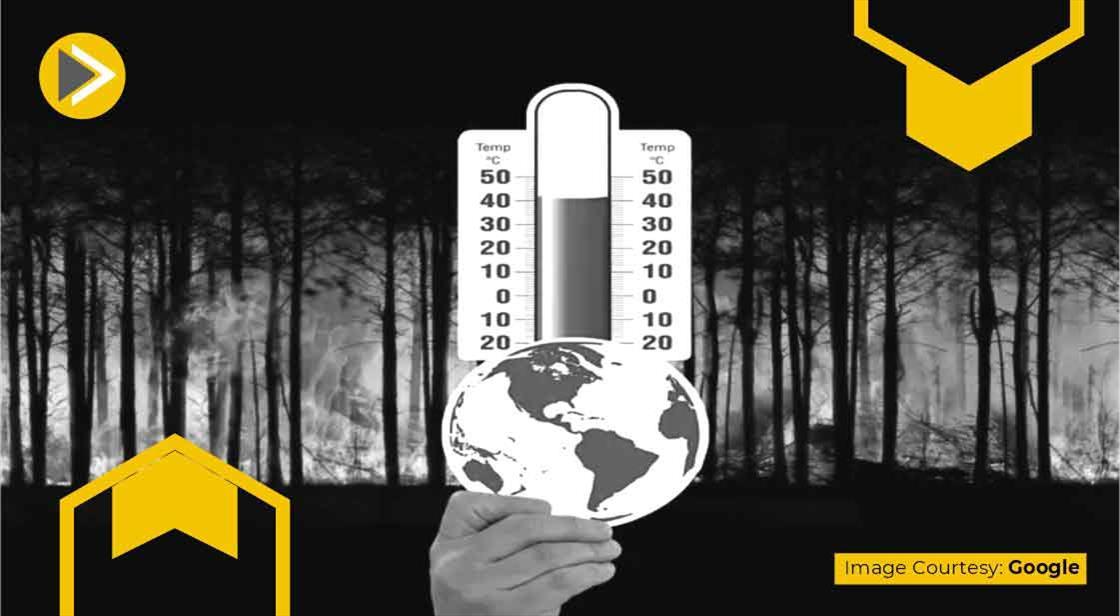AC Companies to Adopt New Temperature Norms Within Three Months Ahead of Festive Season

Podcast
News Synopsis
Leading air conditioner manufacturers are gearing up to adopt the temperature standardisation guidelines recently introduced by the Indian government.
According to industry executives, these new settings will be implemented within the next three months, aligning with the festive season in September-October when new AC inventory is typically launched. Notably, these changes will not incur any additional cost for consumers.
As per the guidelines, air conditioners will now be designed to function efficiently within a temperature range of 20°C to 28°C. Industry leaders have indicated that only minor tweaks are necessary to meet the new norms.
“It will require an adjustment in the temperature control settings, which is not huge. However, this adjustment will be done in new inventory that will be rolled out in the next two to three months,”
— NS Satish, President, Haier Appliances India
“The remote firmware will need to be changed, which is not difficult to do. The industry will not have a problem implementing it,”
— B Thiagarajan, MD, Blue Star
Government’s Push for Sustainable Cooling
This initiative is viewed as part of a broader energy-efficiency roadmap. Experts believe it aligns with sustainable cooling goals and efforts to reduce the nation’s energy consumption.
“It aligns with the government’s broader energy efficiency goals,”
— Mukundan Menon, MD Designate, Voltas
At a recent press briefing, Union Power Minister Manohar Lal Khattar revealed that air conditioners consume nearly 50 gigawatts of electricity, accounting for 20% of India's total electricity demand. Highlighting the energy-saving potential, he noted:
"Raising the temperature by even one-degree celsius could cut power usage by up to 6%, which was significant."
Will Consumers Accept the 20°C Limit?
While the new standard is generally seen as a progressive step, some concerns have been raised regarding users who prefer lower temperatures.
“While there are consumers who look for cooling below 20°C, that number is quite small. Most are satisfied with a minimum cooling of 20°C,”
— Nilesh Gupta, Director, Vijay Sales
He added that for commercial establishments like malls and office spaces, 20°C minimum cooling is generally sufficient.
Interestingly, India’s lower-end limit of 20°C is stricter compared to countries like China, Japan, Spain, Italy, and South Korea, where minimum limits start at around 25°C. However, India’s range of 20°C to 28°C offers more flexibility compared to fixed minimums elsewhere.
Upcoming BEE Norms May Bring Bigger Changes by 2027
While current updates involve minor modifications, a more substantial shift is expected by 2027, when the Bureau of Energy Efficiency (BEE) is expected to introduce a stricter energy standard.
Under the new norms:
-
A five-star rated AC today would be rated as one-star
-
This would mark a four-level drop, unlike the current one-level shift
-
AC makers may need to invest at least ₹600 crore to comply
Industry leaders are currently in discussion with the government to stagger the rollout of these new norms to avoid drastic price hikes for consumers.
Could Stringent Standards Affect AC Market Growth?
India’s air conditioner market is currently estimated at 14-15 million units, witnessing a 15-20% annual growth rate. Although unseasonal rains during summer 2025 affected short-term sales, long-term growth continues, fueled by rising heat waves and higher disposable incomes.
However, some manufacturers are concerned that the upcoming energy norms might slow down the adoption rate due to potential cost escalations.
Conclusion
India’s move to standardise air conditioner temperature settings marks a significant step toward sustainable cooling and energy efficiency. By mandating a temperature range of 20°C to 28°C, the government aims to reduce electricity consumption, which currently sees ACs accounting for 20% of the national demand.
The initiative is being well-received by industry leaders, who assure that the changes are minor, cost-neutral, and will be rolled out in time for the festive season. While some concerns remain about users preferring lower temperatures, experts believe such cases are limited.
More importantly, this step sets the stage for the stricter energy efficiency standards planned for 2027, which could reshape India’s AC market landscape significantly.
The government’s focus on aligning environmental goals with consumer needs underscores its broader vision for a greener, more energy-conscious future. If implemented smoothly, these standards may redefine how India cools itself amid rising temperatures and increasing climate challenges.





